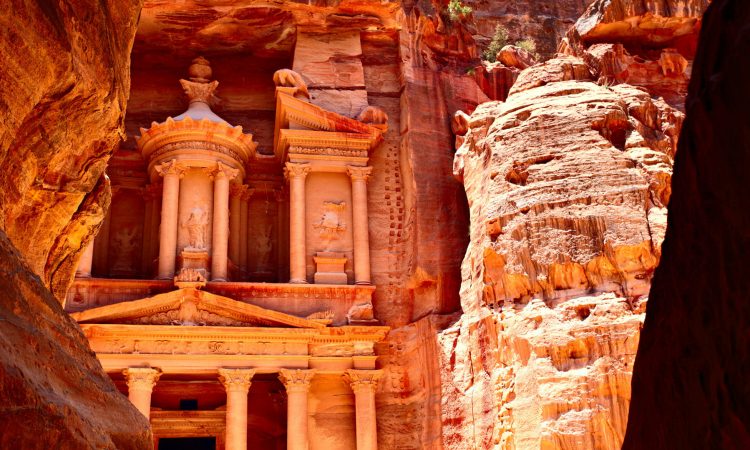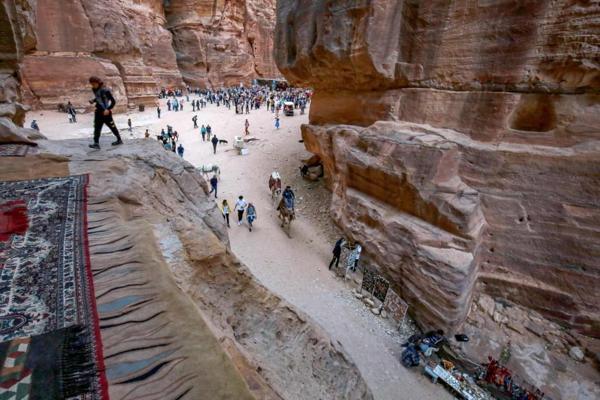Petra’s Silent Streets: How the Israel-Palestine War Struck Jordan’s Crown Jewel

Once a bustling marvel of human ingenuity, the ancient city of Petra, Jordan’s rose-red wonder, now stands eerily quiet. Once teeming with thousands of eager tourists, its winding streets and stunning facades, carved into rock over two millennia ago, now seem frozen in time. What should have been a historic experience for visitors has been replaced by a deafening silence—echoing the devastation of the ongoing Israel-Palestine war.

While the world focuses on the heart-wrenching images from Gaza, few consider the economic tremors felt far beyond the conflict zone. The once-crowded streets of Petra are now deserted, as perceptions of danger grip potential tourists in a tight chokehold. Jordan’s distance from the battleground has not shielded it from the fallout. Fear—often irrational—has cast its shadow, dimming the allure of even the safest of havens.

Abu Hashem, a local tour guide, voices the anguish felt by the residents of Petra: “At this moment, the war, it is making some trouble in Petra. No tourists, but all the tourists are afraid.” His words, echoed by countless others, paint a bleak picture. Petra may not be in a war zone, but its people are casualties of a different kind.
The impact is devastating. Hotels that once brimmed with life now stand empty. Of the 300 hotels once in operation, only a meager 30 remain functional. Even those cling to survival, with most workers forced to stay home. As airlines cut routes and cruise ships abandon their visits, the reality of Jordan’s struggle becomes clear.
For merchants like Solomon, who once thrived on Petra’s steady influx of visitors, the story is one of personal heartbreak. “Before October 7th, we had 2,000 tourists a day hiking up to the Monastery, with 5,000 at its base. Now? Sometimes, we see 20 or 50 in a day. Some days, there’s no one at all.”

The numbers tell only half the story. Where merchants once made $200 to $400 in a single day, they now scrape by with as little as 10 to 15 Jordanian Dinars—if they make anything at all. Some go nearly a week without a single sale. Solomon’s eyes grow weary as he reflects on the situation: “Sometimes, for five or six days, no business.”
And yet, when asked to point to the cause of their suffering, the merchants fall silent. The deeper political and social complexities surrounding the war seem too dangerous to discuss openly. As one interview revealed, the mere mention of Hamas is enough to end conversations abruptly—a chilling reminder of the precarious balance in the region.

The economic reverberations are undeniable. Hotel occupancy rates across Jordan have plunged as low as three percent, pushing the industry to the brink of collapse. Families who once depended on tourism now struggle to survive. And though the distance between Petra and Gaza is considerable, the war’s aftershocks have reached deep into the heart of Jordan’s tourism crown jewel.
Petra’s silent streets stand as a haunting reminder that the impact of conflict knows no borders. For now, the Rose Red City—once a symbol of resilience and wonder—remains frozen in the shadow of war.




